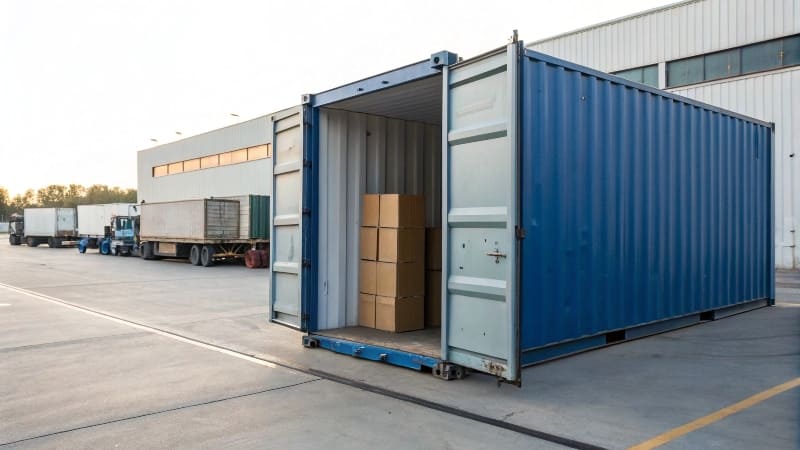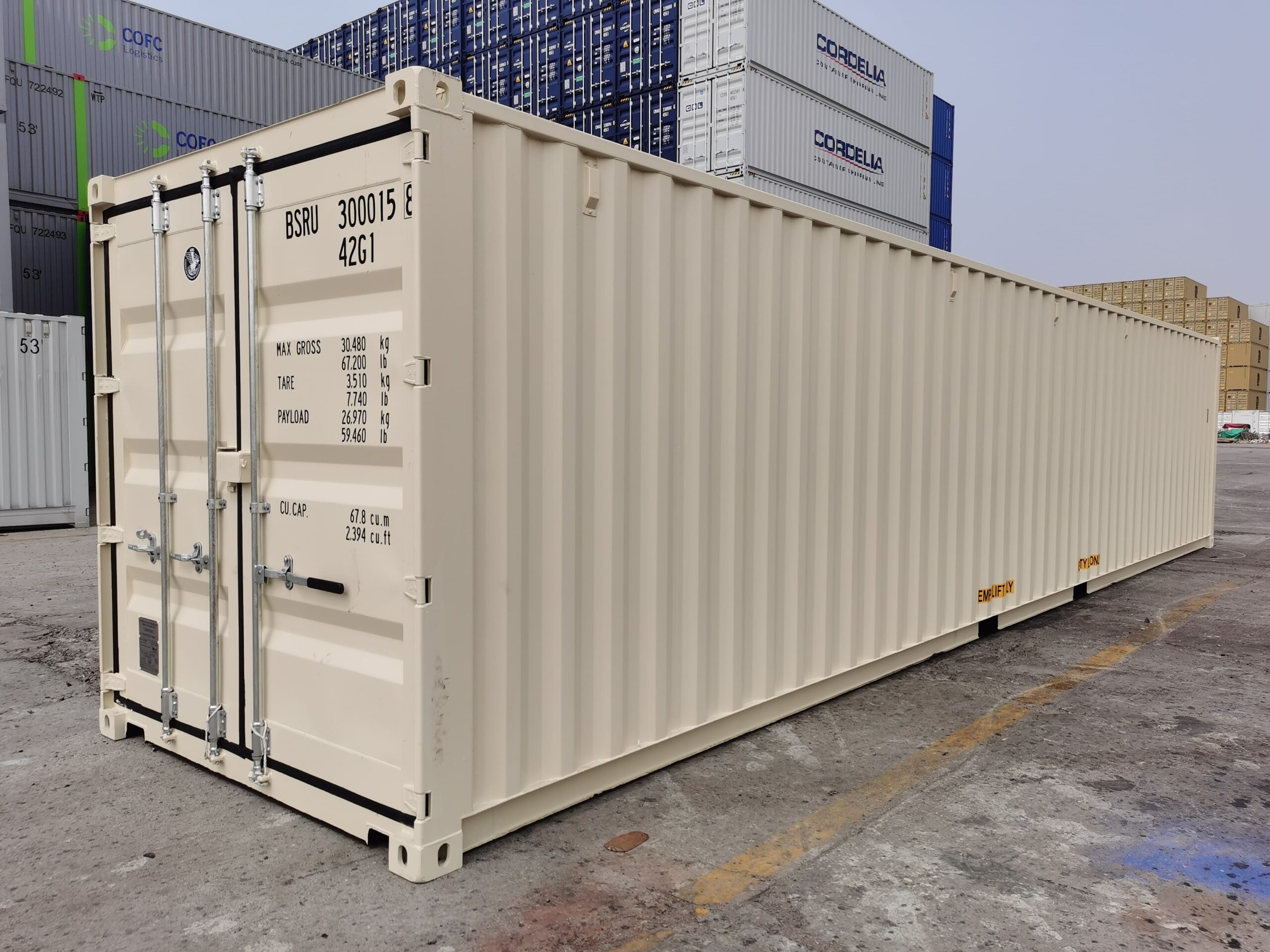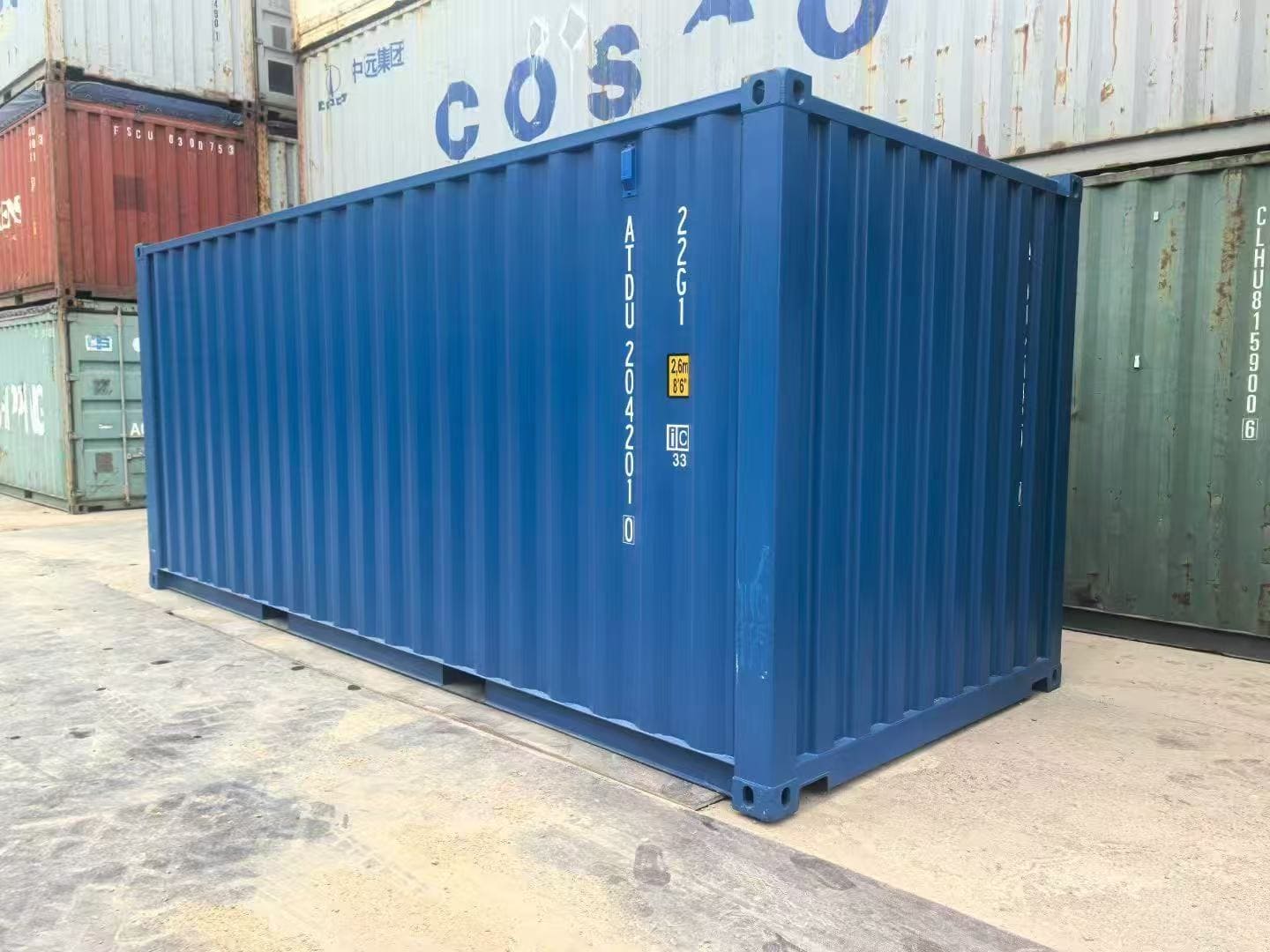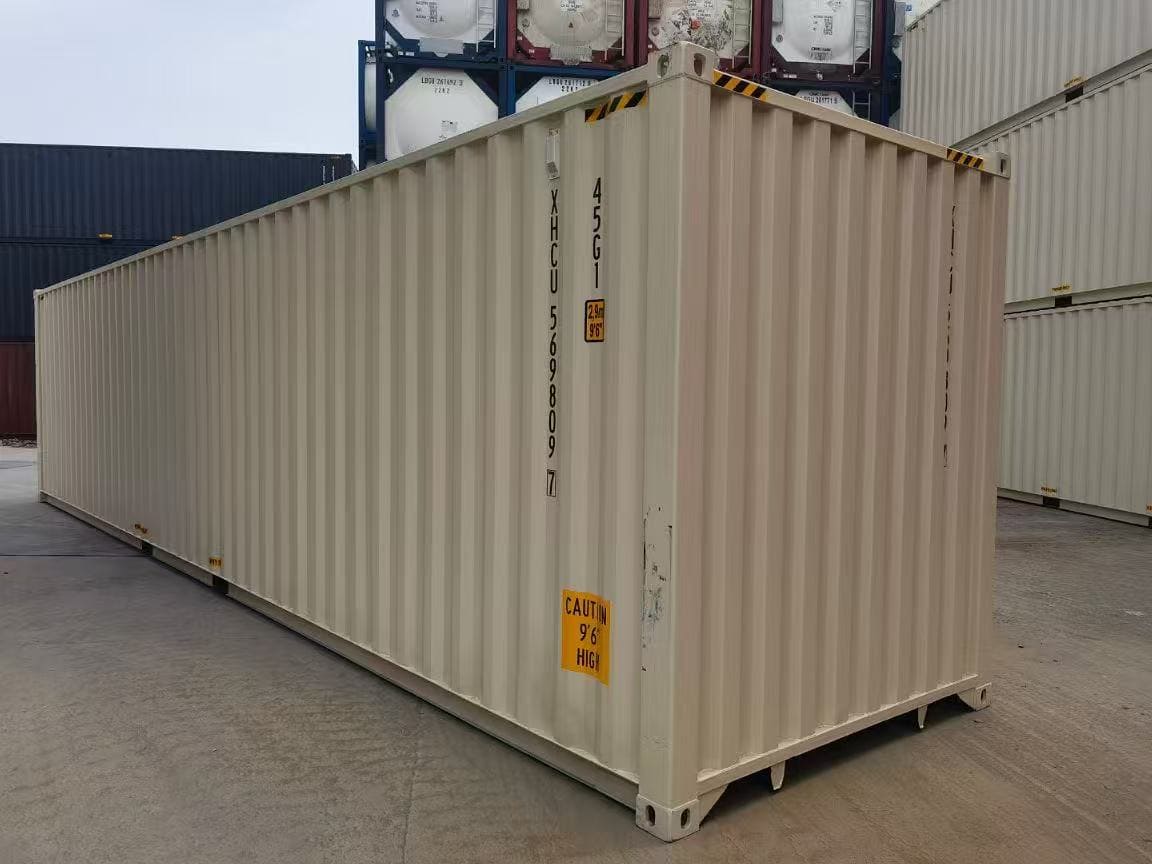How much CBM is in a 40GP container?
Many shippers still guess container choice. That leads to wasted space, higher freight, or missed savings.
A standard 40GP container holds about 67.7 CBM, with internal dimensions of about 12.03m long, 2.35m wide, and 2.39m high.
For me, the turning point came when I compared the shipping invoices side by side. The numbers told a clear story. The right container choice saved more than guessing ever could.
What is a 40GP container?
Many people think “40GP” is just “large box for sea freight.” That’s too simple.
A 40GP (General Purpose) container is a standard 40-foot-long shipping container with a cubic capacity of about 67.7 CBM, designed for general dry cargo.
I remember my first time inspecting an empty 40GP on the dock. It felt huge inside, like a small garage expanded in length. The internal height, just under 2.4 meters, is enough for most palletized goods and cartons. It’s used globally, and cranes, trucks, and storage yards are designed for it. That standardization means faster loading and fewer handling problems compared to non-standard boxes.
Here’s a quick breakdown of its specs and pros:
| Specification | 40GP Container |
|---|---|
| Length (internal) | ~12.03 m |
| Width (internal) | ~2.35 m |
| Height (internal) | ~2.39 m |
| Cubic Capacity | ~67.7 CBM |
| Max Payload | ~26-28 tons |
| Best for | General dry cargo |
| Cost efficiency | High for medium-to-light goods |
A 40GP has one container door end, no refrigeration, and no extra height. For goods that don’t need special handling, it’s the workhorse.
What is the difference between 40GP and 20GP?
It’s tempting to think a 40GP is exactly twice a 20GP. But shipping math doesn’t work that way.
A 20GP holds about 33 CBM, while a 40GP holds about 67.7 CBM, nearly twice as much volume for only 60–70% more freight cost.
I learned a lot comparing bills of lading for both. For lightweight but bulky goods, the 40GP wins on unit cost almost every time. A typical 40GP load of furniture or plastics could cost far less than two 20GP loads for the same volume.
Here’s a side-by-side for clarity:
| Feature | 20GP Container | 40GP Container |
|---|---|---|
| Volume (CBM) | ~33 | ~67.7 |
| Max Payload | ~26-28 tons | ~26-28 tons |
| Freight cost ratio | 1x | 1.6–1.7x |
| Best for | Heavy cargo (densely packed) | Light bulky cargo |
The key is weight limit. Both hit the same payload ceiling, so heavy cargo like metal may fill both containers in weight before filling space. For bulky items, 40GP almost always gives better cubic cost.
What is the difference between 40GP and 40HQ?
This is the trickier choice. The dimensions are close, but that small extra makes a big difference.
A 40HQ (High Cube) is 30 cm taller than a 40GP, giving about 76 CBM capacity—around 8.3 CBM more space for a slightly higher freight cost.
I once shipped a load of boxed toys using both types. The 40HQ let us stack an extra layer. That meant fewer containers for the same order. The extra 15–25% freight cost for HQ was well worth it.
Comparison table:
| Feature | 40GP Container | 40HQ Container |
|---|---|---|
| Length (internal) | ~12.03 m | ~12.03 m |
| Width (internal) | ~2.35 m | ~2.35 m |
| Height (internal) | ~2.39 m | ~2.69 m |
| Volume (CBM) | ~67.7 | ~76 |
| Max Payload | ~26-28 tons | ~26-28 tons |
| Freight cost ratio | 1x | 1.15–1.25x |
| Best for | Standard pallet goods | Light bulky goods utilizing vertical space |
One caution is port compatibility. Most modern ports handle both sizes easily, but in older ports, high cubes may face extra charges for non-standard handling.
When planning, I always run “cost per CBM” and “cost per ton” side by side for each container type. This double check stops overpaying for space I can’t use.
Conclusion
Choosing between 20GP, 40GP, and 40HQ is about matching cargo density with container space to cut unit cost and avoid wasted freight.



